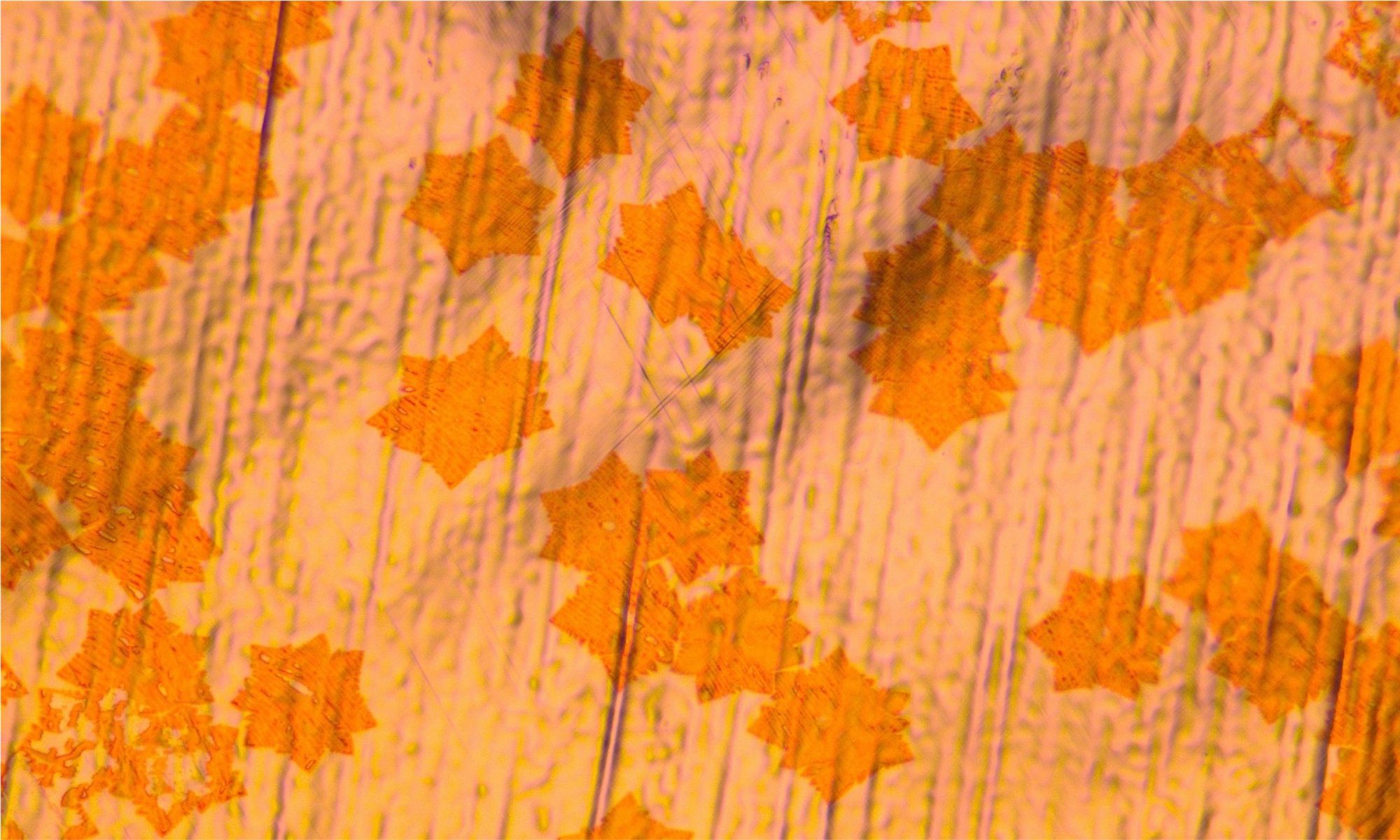Two-dimensional (2D) materials have a huge potential for providing devices with much smaller size and extended functionalities with respect to what can be achieved with today’s silicon technologies. But to exploit this potential we must be able to integrate 2D materials into semiconductor manufacturing lines – a notoriously difficult step. A team of researchers from Sweden and Germany now reports a new method to make this work.
Continue reading “A scalable method for the large-area integration of 2D materials”Twisted van der Waals materials as a material-based quantum simulator
In an invited article in the journal Nature Physics, an international team of researchers lead by RWTH Professor Dante Kennes offer a fresh perspective on the potential of realizing novel and elusive states of matter using twisted van der Waals materials.
Continue reading “Twisted van der Waals materials as a material-based quantum simulator”Quantum matter in two-dimensions
Novel, fascinating aspects of quantum effects in two-dimensional materials are reported in two new publications by Prof. Dante Kennes and coworkers in Germany and the United States.
Continue reading “Quantum matter in two-dimensions”Fractional quantum Hall effect in CVD-grown graphene
CVD-grown graphene passed the ultimate test to be considered absolutely on-pair with exfoliated graphene, allowing the observation of clear signatures of the fractional quantum Hall effect.
Continue reading “Fractional quantum Hall effect in CVD-grown graphene”The first operational amplifier based on a two-dimensional material
Researchers from TU Wien, AMO GmbH, University of Pisa and Wuppertal University have realized the first operational amplifier based on the two-dimensional semiconductor MoS2, reaching a key milestone towards the vision of a flexible electronics all based on two dimensional materials. This result has just appeared in the journal Nature Electronics.
Continue reading “The first operational amplifier based on a two-dimensional material”Nanoelectromechanical sensors based on 2D materials – a review
Max Lemme and co-workers have recently published a review article on nanoelectromechanical (NEMS) sensors based on suspended two-dimensional (2D) materials in the journal RESEARCH, an open-access multidisciplinary journal launched in 2018 as the first journal in the Science Partner Journal (SPJ) program. The paper is an invited contribution to a special issue on “Progress and challenges in emerging 2D nanomaterials – preparation, processing, and device integration”, and has the purpose of contributing to the development of the field of 2D materials for sensor applications and to their integration with conventional semiconductor technology.
Continue reading “Nanoelectromechanical sensors based on 2D materials – a review”Insulators for 2D nanoelectronics: the gap to bridge
A review article on one of the most delicate issues of future electronics based on 2D materials
A team of scientists led by Tibor Grasser and Yuri Illarionov of TU Wien, including RWTH Professor and AMO Director Max Lemme, has published an extensive review of the current search for suitable insulators for two-dimensional (2D) nanoelectronics in Nature Communications.
Continue reading “Insulators for 2D nanoelectronics: the gap to bridge”A scalable manufacturing-technology for highly sensitive photodetectors on flexible substrates
Researchers from AMO GmbH and RWTH Aachen University have successfully demonstrated high-responsivity molybdenum disulfide (MoS2) photodetectors on flexible substrates, realized with a scalable manufacturing technology. The work has been recently published in the journal ACS Photonics, and it is the result of a cooperation with the University of Siegen, Raith B.V., AIXTRON SE, and the University of Wuppertal.
Continue reading “A scalable manufacturing-technology for highly sensitive photodetectors on flexible substrates”First observation of the (tunable) spin-orbit gap in bilayer graphene
Banszerus and coworkers have reported the first experimental observation of the spin-orbit gap in bilayer graphene.
Continue reading “First observation of the (tunable) spin-orbit gap in bilayer graphene”An efficient emitter for graphene-base hot electron transistors
Researchers from RWTH Aachen University, AMO GmbH, Stanford University and IHP have demonstrated that heterostructures formed by silicon, molybdenum disulfide (MoS2) and graphene are potential candidates as emitter-diodes of graphene-base hot-electron transistors.
Continue reading “An efficient emitter for graphene-base hot electron transistors”